Storm Chasers: Tracking Hurricanes For Science
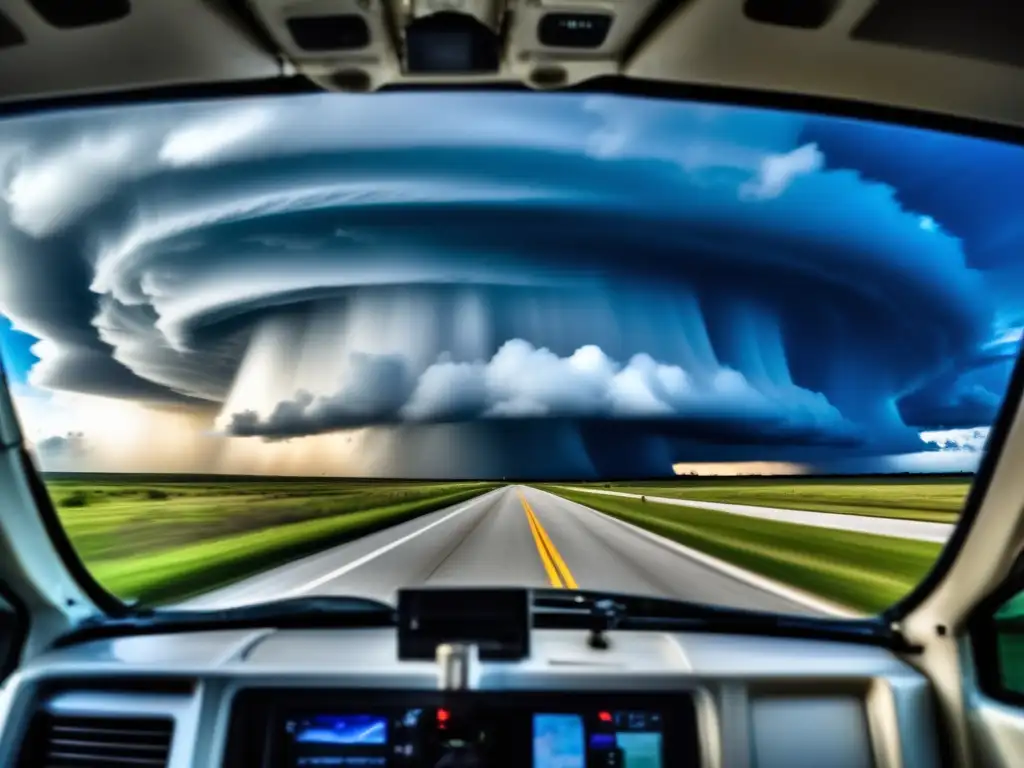
Storm Chasers: Tracking Hurricanes for Science
Introduction
Hurricanes are some of the most destructive and deadly natural disasters on Earth. These massive storms can cause widespread flooding, wind damage, and even loss of life. For many scientists and researchers, however, hurricanes are also an opportunity to learn more about our planet's weather systems and how they work. One group of people that plays a critical role in this research is the storm chasers.
Storm chasers are individuals who travel into the path of hurricanes and other severe weather events, often risking their lives to collect data and gather information. While many people may associate storm chasing with thrill-seeking individuals and amateur videographers, the truth is that much of the scientific data collected during major hurricanes comes from professional storm chasers. In this article, we'll take a closer look at the important work of storm chasers and examine the methods they use to track and study hurricanes.
The Basics of Hurricane Tracking
How Do We Track Hurricanes?
Tracking hurricanes is a complex process that requires sophisticated technology and skilled analysis. The National Oceanic and Atmospheric Administration (NOAA) tracks hurricanes using a variety of tools and techniques, including:
- Satellites: Satellites are used to collect real-time data on storms from space. This includes images of the storm's size, shape, and movement.
- Aircraft: NOAA operates a fleet of hurricane hunter aircraft that fly directly into the eye of the storm. These planes can gather data on temperature, pressure, wind speed, and other parameters.
- Radar: Doppler radar stations located across the United States can track the movement and intensity of hurricanes as they approach land.
Why Is Hurricane Tracking Important?
Tracking hurricanes is essential for predicting their path and intensity, which can help save lives and minimize damage to property. By knowing when and where a hurricane is likely to strike, emergency personnel can mobilize resources and evacuate people from harm's way. Accurate tracking data can also help local governments and disaster relief agencies prepare for the aftermath of a storm.
The Role of Storm Chasers
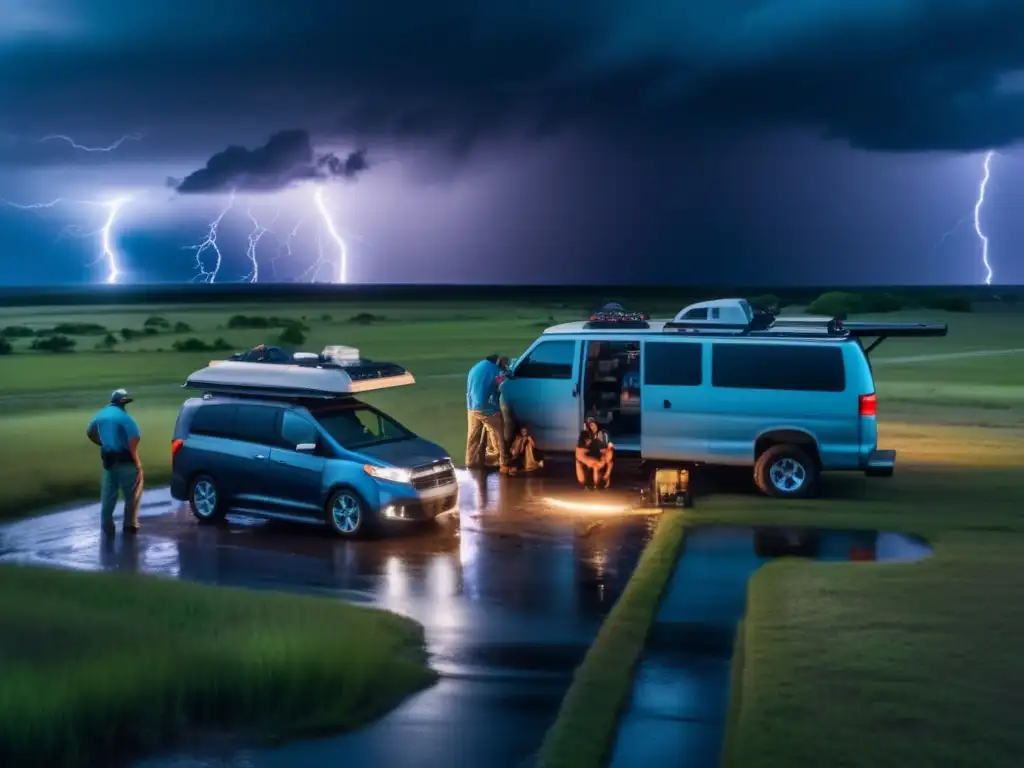
What Do Storm Chasers Do?
Storm chasers are individuals who travel into the path of hurricanes and other severe weather events to collect data and gather information. While their work can sometimes seem dangerous or even reckless, storm chasers play an important role in advancing our understanding of hurricanes and other natural disasters.
Professional storm chasers typically work for government agencies, research institutions, or private companies. These individuals are highly trained and use state-of-the-art equipment to measure things like wind speed, temperature, and barometric pressure inside the eye of the storm. This data is then used by meteorologists and other scientists to better understand how hurricanes form, how they behave, and how they might be impacted by climate change.
How Do Storm Chasers Stay Safe?
Given the risks involved in tracking hurricanes, it's important that storm chasers take every possible precaution to ensure their safety. Professional storm chasers typically work in teams and use specialized equipment to protect themselves from wind, rain, and debris. In addition, these individuals undergo extensive training before they're allowed to go into the field, and they're constantly monitoring weather conditions for signs of danger.
While the work of storm chasers is inherently risky, it's also true that these individuals have helped save countless lives through their research and analysis. By providing critical data on hurricanes and other severe weather events, storm chasers are helping make our communities safer and more resilient in the face of natural disasters.
The Future of Hurricane Tracking

What Does the Future Hold?
As technology advances, so too does our ability to track and analyze hurricanes. In recent years, for example, researchers have begun using drones to collect data on storms, which can provide a more detailed view of the storm's structure and behavior. Scientists are also developing new computer models that can better predict a storm's path and intensity, which could help emergency responders prepare more effectively for hurricanes and other natural disasters.
At the same time, however, it's clear that hurricanes and other severe weather events are becoming more frequent and more severe due to climate change. This means that our efforts to track and predict these storms will become even more critical in the years ahead. By continuing to invest in hurricane research and analysis, we can work towards a safer, more resilient future for all.
Frequently Asked Questions
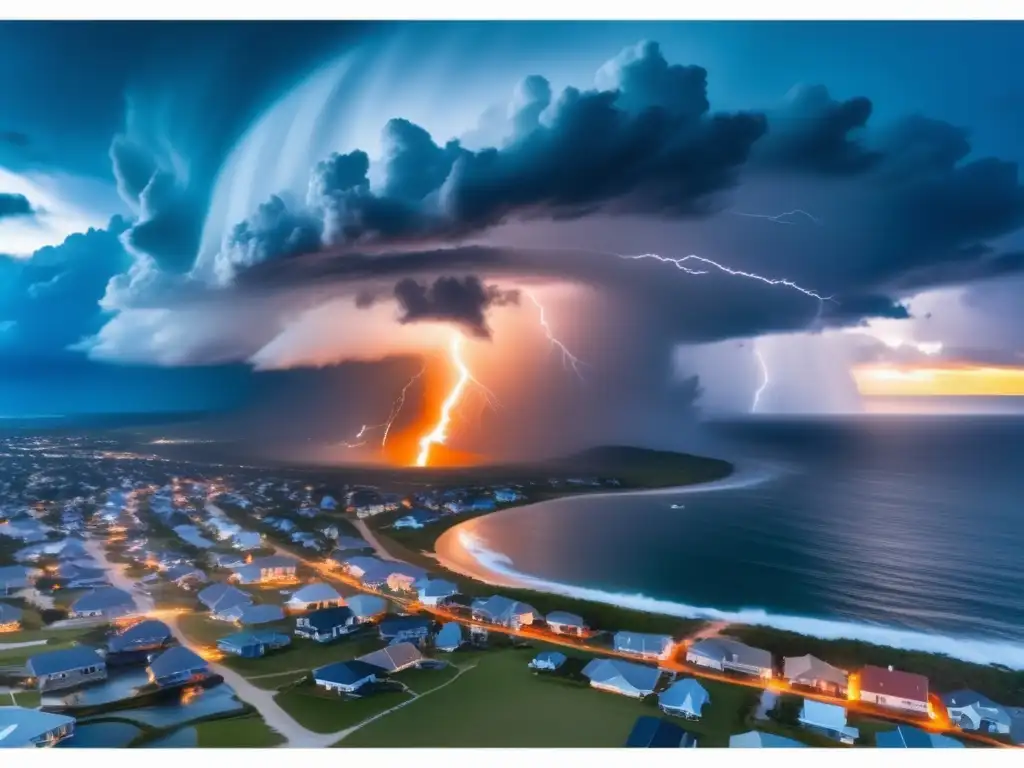
-
Why do we need to track hurricanes?
Tracking hurricanes is important because it allows us to predict the storm's path and intensity, which can help save lives and minimize damage to property. Accurate tracking data can also help local governments and disaster relief agencies prepare for the aftermath of a storm.
-
What methods do we use to track hurricanes?
We use a variety of tools and techniques to track hurricanes, including satellites, aircraft, and radar stations. These systems allow us to collect real-time data on storms and analyze their behavior.
-
What is the role of storm chasers?
Storm chasers are individuals who travel into the path of hurricanes and other severe weather events to collect data and gather information. Professional storm chasers typically work for government agencies, research institutions, or private companies.
-
What kinds of equipment do storm chasers use?
Storm chasers use a variety of specialized equipment to collect data on hurricanes, including anemometers, barometers, and thermometers. They also use protective gear like helmets, goggles, and raincoats to stay safe in the field.
-
How can we improve our ability to track hurricanes?
Continuing to invest in hurricane research and analysis is key to improving our ability to track and predict these storms. New technologies like drones and computer models show promise in this regard, as does ongoing research into the impacts of climate change on hurricane behavior.
Conclusion
Tracking hurricanes is essential for predicting their path and intensity, which can help save lives and minimize damage to property. While many people may associate hurricane tracking with satellite imagery and weather forecasts, the truth is that much of the data we collect during major storms comes from professional storm chasers. These individuals play a critical role in advancing our understanding of hurricanes and other natural disasters, often risking their lives to gather critical information.
As technology continues to advance, our ability to track and predict hurricanes will only improve. However, it's also clear that hurricanes are becoming more frequent and more severe due to climate change. By investing in hurricane research and analysis, we can work towards a safer, more resilient future for all.
Additional Resources

- NOAA Hurricanes Resource Collection
- National Hurricane Center
- Ready.gov: Hurricanes
- What We Learned From Flying Into Hurricane Irma - NPR
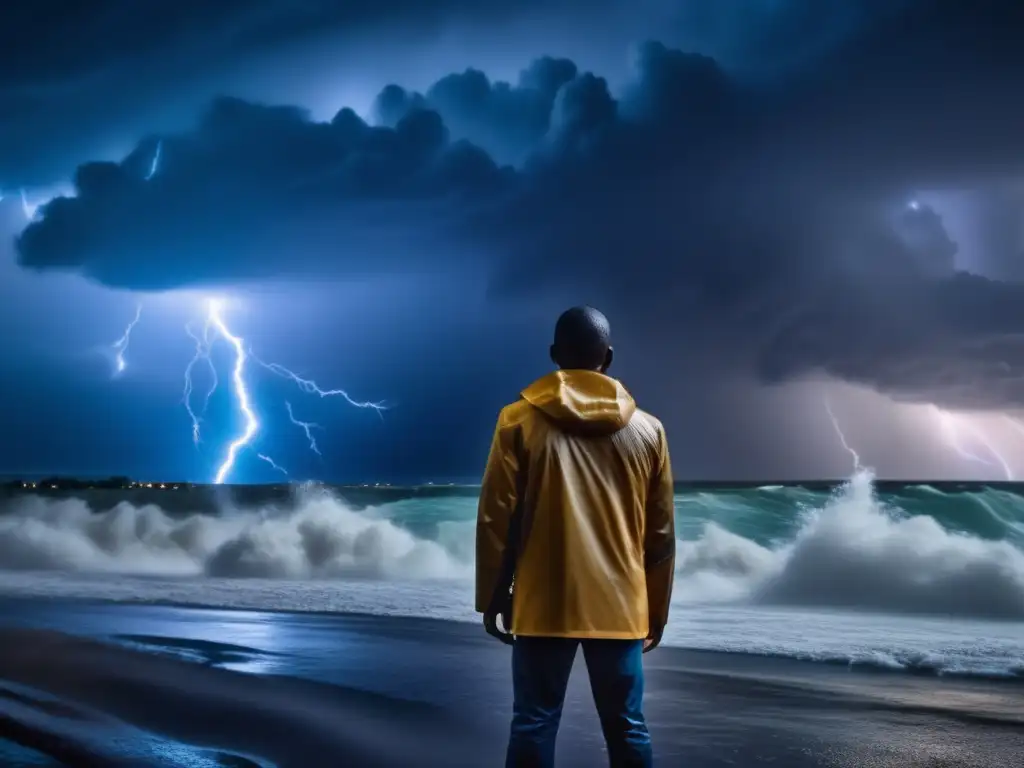 Tales From The Eye: Survivor Stories From Major Hurricanes
Tales From The Eye: Survivor Stories From Major Hurricanes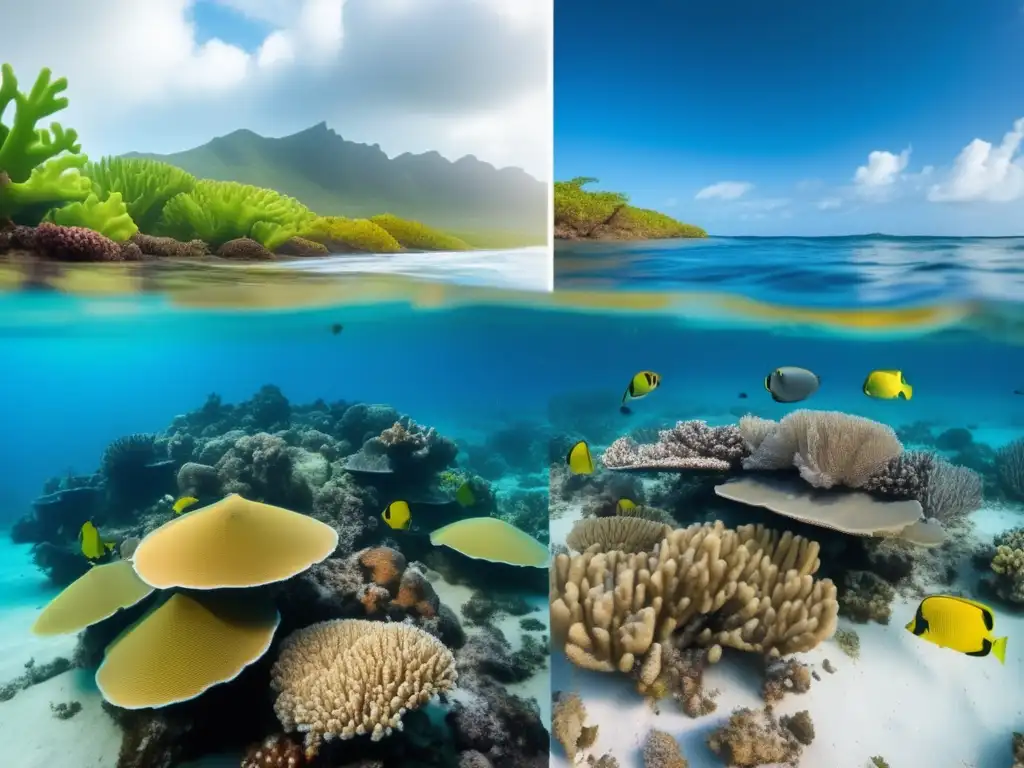 The Link Between Hurricanes And Coral Reefs
The Link Between Hurricanes And Coral Reefs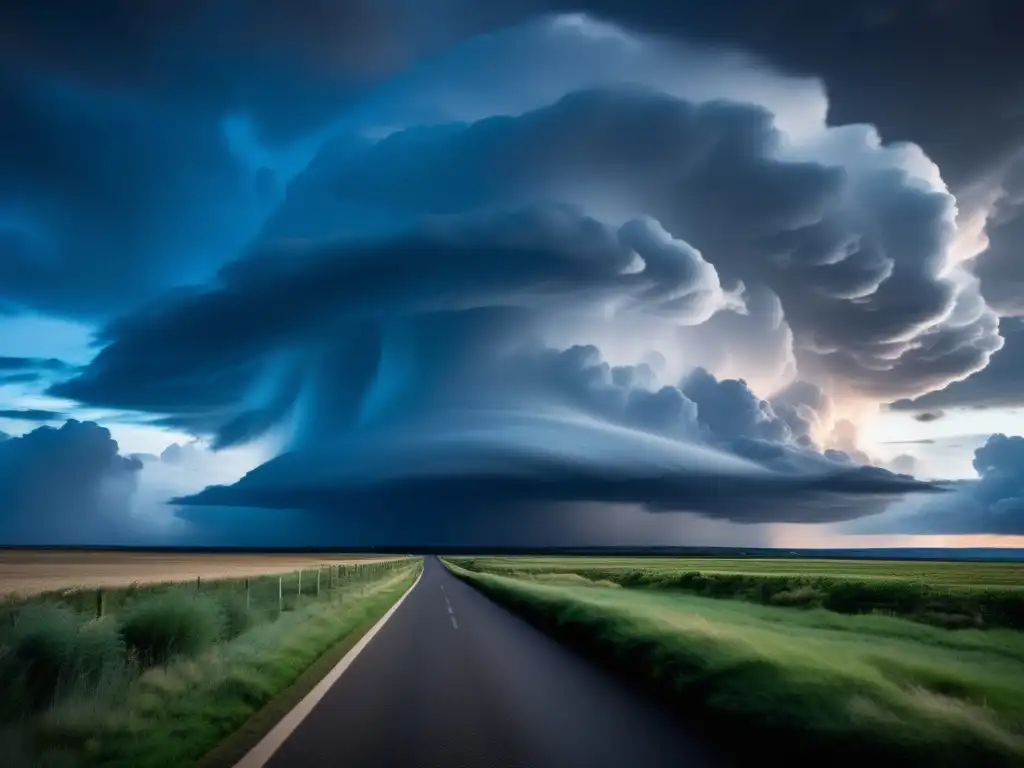 Storm Clouds: Understanding The Cloud Formations In Hurricanes
Storm Clouds: Understanding The Cloud Formations In HurricanesIf you want to discover more articles similar to Storm Chasers: Tracking Hurricanes For Science, you can visit the Basic knowledge about hurricanes: category.
Leave a Reply

Articulos relacionados: